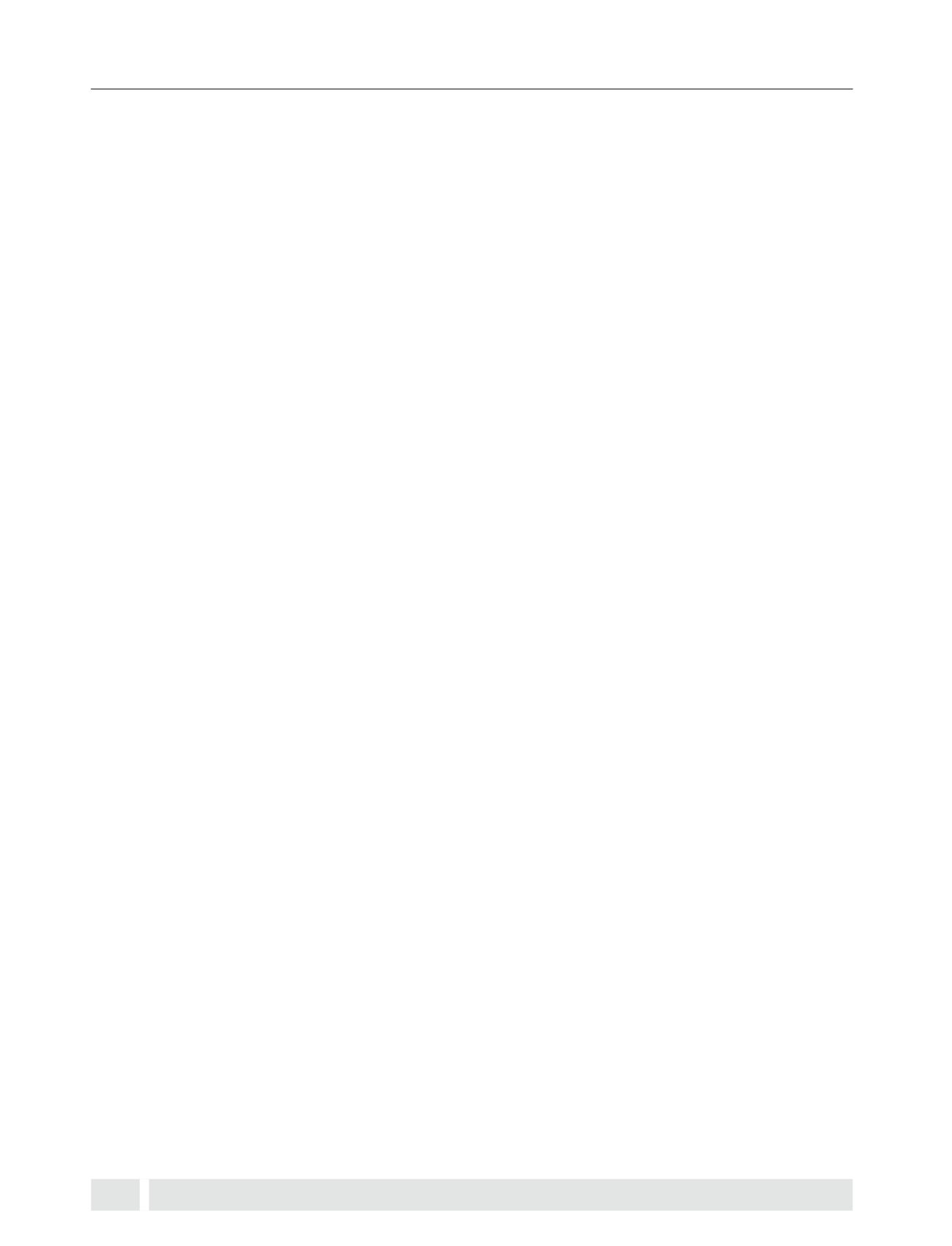

20
Contenido disponible en
www.neumologia-pediatrica.cltesting: Standardisation of spirometry”. Eur Respir J 2005; 26: 319-
38.
3. Kanengiser S, Dozor AJ. Forced expiratory maneuvers in children
aged 3 to 5 years. Pediatr Pulmonol 1994; 18: 144-9.
4. Aurora P, Stocks J, Oliver C, et al. Quality control for spirometry
in pre-school children with and without lung disease. Am J Respir
Crit Care Med 2004; 169: 1152-9.
5. Arets HG, Brakel HJ, Van der Ent CK. Forced expiratory
maneuvers in children: de they meet ATS and ERS criteria for
spirometry? Eur Respir J 2001; 18: 655-66.
6. Marostica PJ, Weist AD, Eigen H, et al. Spirometry in 3 to 6 year
old children with cystic fibrosis. Am J Respir Crit Care Med 2002;
166: 67-71.
7. Eigen H, Bieler H, Grant D, et al. Spirometric pulmonary function
in healthy preschool children. Am J Respir Crit Care Med 2001;
163: 619-23.
8. Nystad W, Samuelsen SO, Nafstad P, Edvardsen E, Stensrud T,
Jaakkola JJ. Feasibility of measuring lung function in preschool
children. Thorax 2002; 57: 1021-7.
9. Vilozni D, Barker M, Jellouschek H, Heimann G, Blau H. An
interactive computer animated system (SpiroGame) facilities
spirometry in preschool children. Am J Respir Crit Care Med 2001;
164: 2200-5.
10. Jones MH, Davis SD, Grant D, Christoph K, Kisling J, Tepper RS.
Forced expirator maneuvers in very young children. Assessment of
flow limitation. Am J Respir Crit Care Med 1999; 159: 791-5.
11. Crenesse D, Berlioz M, Bourrier T, Albertini M. Spirometry in
children aged 3 to 5 years: reability of forced espiratory maneuvers.
Pediatr Pulmonol 2001; 32: 56-61.
12. Zapletal A, Chalupova J. Forced expiratory parameters in healthy
preschool children (3-6 years of age). Pediatr Pulmonol 2003; 35:
200-7.
13. Nève V, Déme JL, Devos P, et al. Spirometry in 3-5 year-old
children with asthma. Pediatr Pulmonol 2006; 41: 735-43.
14. Pérez-Yarza EG, Villa JR, Cobos N, et al. Forced spirometry in
healthy preschool children. An Pediatr (Barc) 2009; 70: 3-11.
15. Linares M, Contreras I, Cox PP, Burgos P, Lara J, Meyer R.
Evaluación del rendimiento de la espirometría en preescolares
sanos con estandarización adaptada a este grupo etario. Rev Chil
Enf Respir 2006; 22: 155-63.
16. Chavasse R, Johnson P, Francis J, Balfour-Lyn I, Rosenthal M, Bush
A. To clip or not to clip? Noseclips for spirometry. Eur Respir J
2003; 21: 876-8.
17. Gracchi V, Boel M, van der Laag J, van der Ent CK. Spirometry in
young children: should computer-animation programs be used
during testing? Eur Respir J 2003; 21: 872-5.
18. Linares M, Meyer R, Cox PP, Contreras I. Utilidad del VEF
0,5
versus
VEF
1
en la interpretación de la espirometría realizada en
preescolares asmáticos. Rev Chil Enf Respir 2007; 23: 167-72.
19. Quanjer PH, Stanojevic S, Cole TJ, et al. Multi-ethnic reference
values for spirometry for the 3-95-yr age range: the global lung
function 2012 equations. ERS Global Lung Function Initiative. Eur
Respir J 2012; 40: 1324-43.
20. Debley J, Stanojevic S, Filbrun A, Subbarao P. Bronchodilator
responsiveness in wheezy infants and toddlers is not associated
with asthma risk factors. Pediatr Pulmonol 2012; 47 (5): 421-8.
Neumol Pediatr 2014; 9 (1): 17-20.
Diferencias en la realización e interpretación de la espirometría del preescolar y en el niño mayor - M. Linares


















